Lately, Have You Checked the HVAC Filter?
Everyone agrees that we should change the filter in our home heating ventilation air conditioning (HVAC) systems. Actually doing that is something else altogether. It’s all about the where, when, and how of performing that simple household chore that results in procrastination and selective amnesia.
We tell ourselves it’s not a difficult maintenance chore. The problem is in making it a priority. Besides, it can’t be that big of a deal, right? If the thing still turns on and cools and/or heats the place, who cares?
Unintended consequences
Consider these three unintended consequences, which should help push this simple home maintenance task up to a respectable place in your list of things that are important.
High energy bills
When the heat, ventilation, or air-conditioning is running, 100% of the air in your home passes through a filter, typically twice every hour. When the filter is clean, the air passes through easily. When the filter gets clogged up with all the stuff it’s filtering out, the system has to work much harder to keep air moving.
The dirtier the filter, the less efficient the system can be—and more likely to develop problems. According to the Department of Energy, regular filter changes can reduce your energy bill by 5% to 10%. Conversely, a super dirty filter will send that bill through the roof!
Family health
A quality filter captures the harmful bacteria typically found in sneezes, coughs, viruses, and molds, as well as pollutants like dust and car fumes. If you have allergies or asthma, indoor air pollution can trigger your symptoms.
Most people don’t realize that indoor air pollution levels are actually much higher than those outdoors—two to five times higher, according to medical professionals. When particles become airborne, you can breathe them in and experience an allergic reaction. The heating ventilation and air conditioning (HVAC) system in your home can harbor and then spread mold and other allergens.
Grimy carpet stains
It’s called filtration soiling and shows up as dark, shadowy, dirty lines on the carpet along baseboards, under doors, beneath draperies and along the edges, and in the crevices of carpeted stairs.
Filtration soil is as ugly as it is gross and comes from airborne pollutants passing through the carpet as the air is drawn through the crack between the carpet and the baseboard, around the drapes, or under a closed door.
Filtration soil is an accumulation of soot from dirty ducts, smoke from candles and the fireplace; tobacco, kitchen grease from the oven and cooktop; smog, auto emissions, and pollutants from outdoors.
The way it’s supposed to work is that all of that stuff in the air gets trapped in the system’s air filter. But once the filter is full, the system will send the air pollutants back into the house through the ducts where all of that icky mess gets lodged into corners and crevices.
Change filter often
Check your filter every month, especially during heavy use months (winter and summer). Keep in mind that some systems have multiple filters. Take some time to research your system to discover exactly what and how many filters you have.
If the filter looks dirty after a month (no longer white) change it. Homes with pets, multiple occupants, undergoing some kind of construction, or if yours is located in an area with general air pollution, expect to need more frequent changes.
At a minimum, change the filters every three months. A dirty filter will slow down air flow and make the system work harder to keep you warm or cool, wasting energy. A clean filter will prevent dust and dirt from building up in the system leading to expensive maintenance and/or early system failure.
Three options
1. Schedule yourself
Mark your calendar. Set an alarm. Do something that will trigger your memory to check your filter(s) so you can get to the store to buy a new one. Or buy a bunch so you have them on hand. Don’t assume you’ll just remember. You probably won’t until one day, years from now you notice your utility bill has shot through the stratosphere, you have this weird cough or you see odd, dark shadows forming along the edges of your carpet. Or your system dies a tragic, premature death. Don’t let that happen. As long as you change it often, go for the cheapest filter that fits your system that you can find.
2. Do it yourself
Want to save money and stop wasting time trying to figure out which filter you need? Make your next filter a permanent electrostatic filter (also known as a washable one). The WEB Eco Adjustable and Washable Air Filter Plus available in local home improvement centers and online, can be cut to fit most filter cabinets from 14x20x1 up to 20x25x1. It’s quite simple to do. Washable filters may be reused for 5 to 10 years!
Electrostatic filters should be rinsed once a month and prior to re-installation, they should be allowed to dry. Keep in mind that electrostatic filters are most effective when new and clean, so they should be washed frequently even if they don’t appear to need it.
3. Automate
I had a filthy filter wake-up call a few years ago. When we bought this house, we had the HVAC system inspected, serviced and the filter replaced. Then we got busy with leasing it while we planned and executed our big move a year later. HVAC filter? Completely forgot about it. By the time I brought up the subject, it had been more than 2.5 years!
The scariest thing ever was to open that door on the HVAC system, dutifully labeled “Filter.” I cannot adequately describe it but I can tell you that it was nearly black and covered in what looked like fur. So gross. I’m surprised the entire system didn’t just blow up out of sheer rebellion for lack of attention.
That prompted me to get online to do some research. And that’s how I found SecondNature, (formerly FilterFresh), a company that delivers the exact filter we need, just when we need to change it—at a cost that is cheaper than the very same filter at the home improvement center near our home. It’s a great service.
It’s easy to set up a SecondNature account online, identify the exact filter you need (they’re listed by size—including custom sizes if the filter you need is not standard), and the frequency of delivery. This takes all of about five minutes. Now you can forget because you’ve put SecondNature, in charge of remembering. When the filter shows up on the front porch, I know it’s time to make the change.
The folks at SecondNature, are offering Everyday Cheapskate readers their first HVAC filter free (you’ll just pay to ship) when you use this LINK. Of course, you can cancel or make changes to your subscription at any time.
Whichever method you choose, make it your 2021 New Year’s resolution to schedule yourself, do it yourself, or automate your HVAC filter replacement. You’ll reap the benefits starting immediately with a cleaner, healthier home—and longer life for your HVAC equipment, drapes and carpeting, too!
First published: 6-23-18; Updated 12-26-20
Some products displayed in this post may earn us a commission. Why trust us?

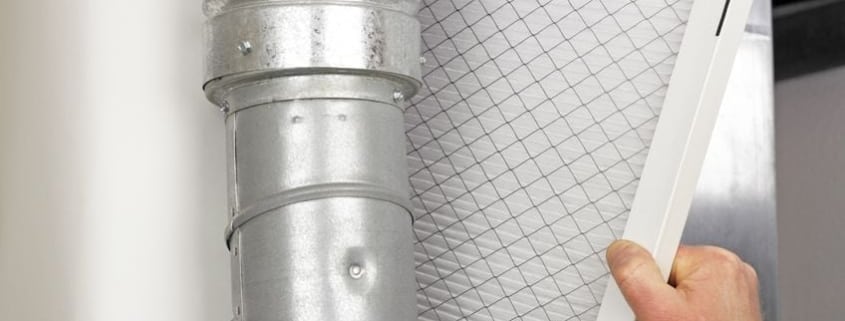 123rf.com
123rf.com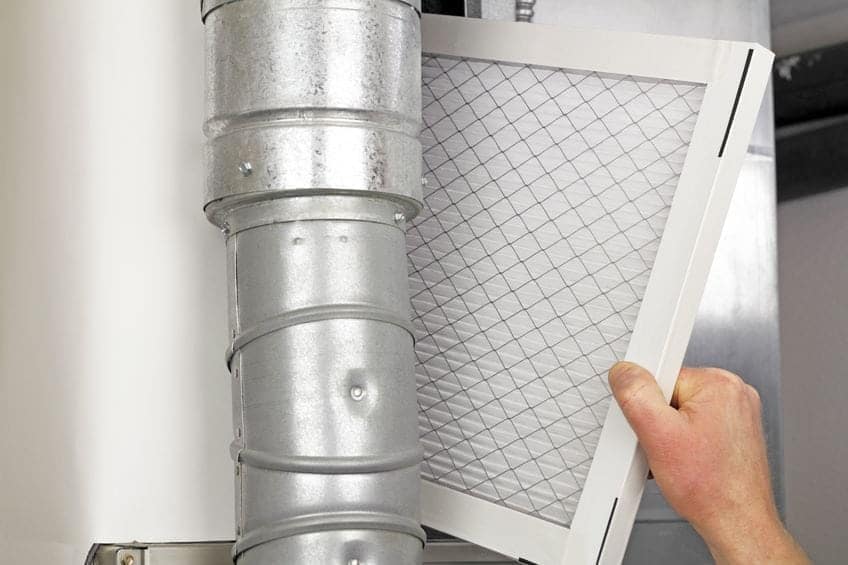
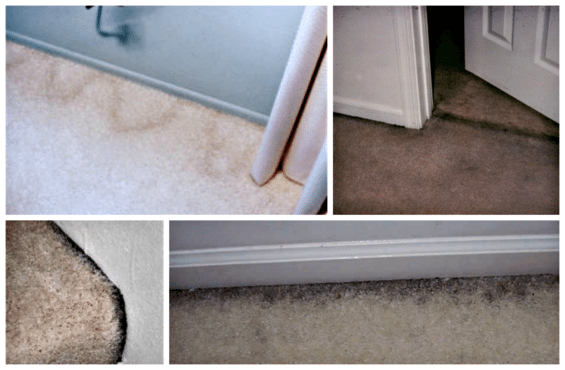
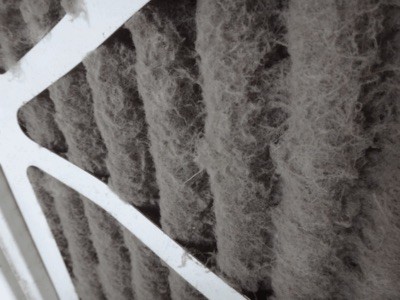


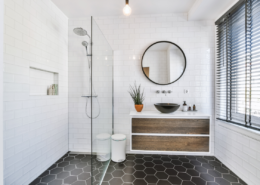




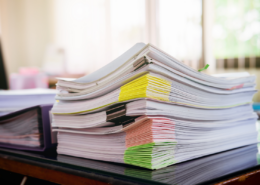




I just replaced a part on my furnace that I burned out using the wrong MERV (Minimum Efficiency Reporting Values). I purchased the “best” filters and five days later the repair man was here. I purchased filters with a MERV of 13 and shouldn’t have used one with more that an 8. I had never even heard of MERV. I suggest that you check with your service provider as to what is ideal for your needs. I also put the date on my filters so I know when they were installed.
Mary we moved 15 years ago. A neighbor had a business heat and air. He got us the electrostatic filters and they work great very rarely dirty when cleaned and they save us buying filters every month. We have an inspection contract they come twice a year. Last was amazed at how clean our filters stay
Our HVAC maintenance and installation professional told us to buy the least expensive air filters. He said to change them every 30 days. The more expensive models that filter higher amounts of particles can wreck havoc on the HVAC system, creating a virtual suction that reduces efficiency and wears down the system. I have inexpensive filters autoshipped in a pack of 6 from Amazon. Subscribe & Save reduces my cost. I have all my smart devices set to remind me at the first of the month to change my filters. Works like a dream, saves me money, and is much easier on my HVAC.